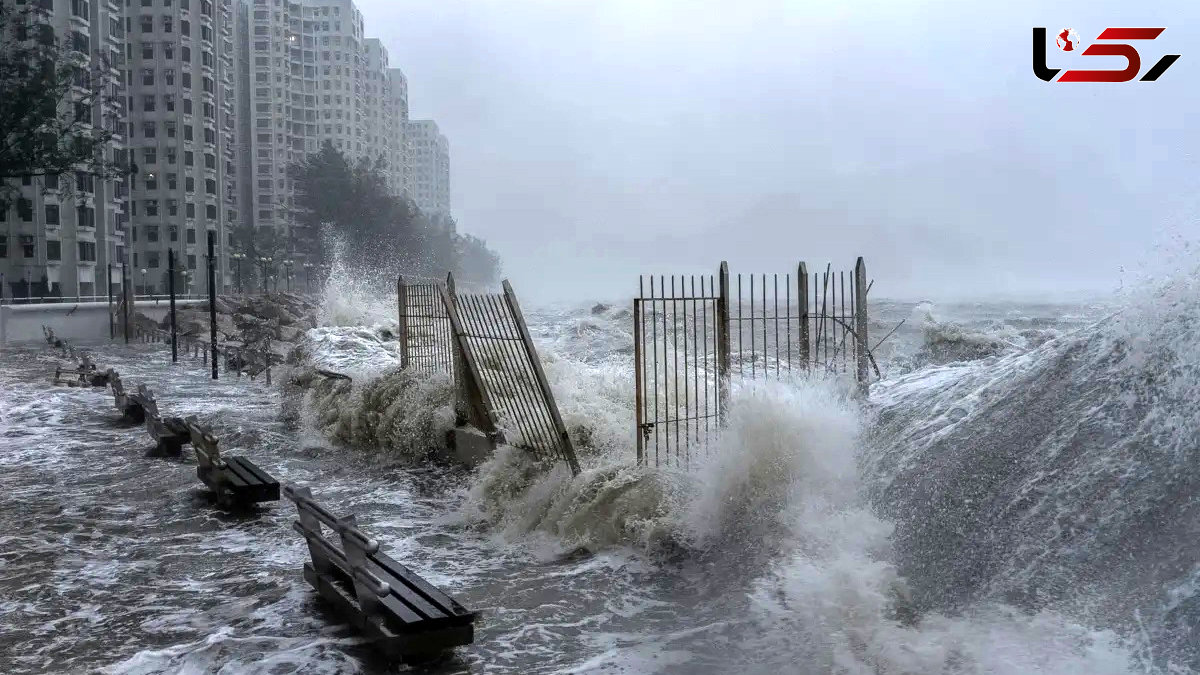Deadly Typhoon Ragasa Forces Mass Evacuations in Southern China After Devastating Taiwan + Video
Rokna Social Desk: Nearly two million people have been relocated in southern China as Typhoon Ragasa, following deadly flooding in Taiwan, makes landfall along one of the world’s most densely populated coasts.

According to Rokna, nearly two million residents in southern Chinese cities have been evacuated as Typhoon Ragasa makes landfall following catastrophic flooding in Taiwan, where over 100 people remain missing. The storm, recently the world’s strongest of 2025, brought daily life in Hong Kong and southern China to a halt on Wednesday after sweeping through remote islands in the Philippines and Taiwan’s mountainous regions.
With hurricane-force winds, Ragasa has triggered landslides, massive waves, and extensive damage. Guangdong province, home to major cities like Shenzhen and Guangzhou, is now directly in the storm’s path.
In Taiwan, at least 14 people have died, and rescue teams continue searching for 129 others after a natural dam containing a newly formed lake collapsed, releasing 68 million tons of water and flooding the Guangfu township. Videos from Hualien County show torrents rushing through streets, cars being swept away, and residents taking shelter on upper floors. A bridge was also destroyed.
Typhoons are common in the Philippines, Taiwan, and southern China, but climate change is increasing their intensity and unpredictability. In Hong Kong, winds reached up to 168 km/h (104 mph), toppling trees and scaffolding, while waves smashed into Fullerton Ocean Park Hotel. No injuries were reported.
Macao experienced waist-deep flooding, prompting both Hong Kong and Macao authorities to issue the highest hurricane warnings, closing schools, businesses, public transit, and airports. Storm surges reached over three meters in some areas.
Authorities in Guangdong evacuated nearly 1.9 million people, relocated over 10,000 vessels, and mobilized 38,000 firefighters. Shenzhen saw waves crashing into coastal parks, with winds reaching 181 km/h (112 mph). Despite high population density, the region benefits from advanced flood-prevention infrastructure, including a $3.8 billion drainage network.
This year has been unusually active for typhoons. Ragasa is the ninth to hit Hong Kong in 2025. Experts warn that global warming, by increasing atmospheric moisture and sea temperatures, makes storms more powerful, and cities must update infrastructure and building codes accordingly.
In the Philippines, cleanup continues after Ragasa, which struck as a Category 5-equivalent typhoon, killing at least seven fishermen when a boat capsized off Luzon. Another storm, Opong, is now developing, and the typhoon season has many months remaining.
Send Comments